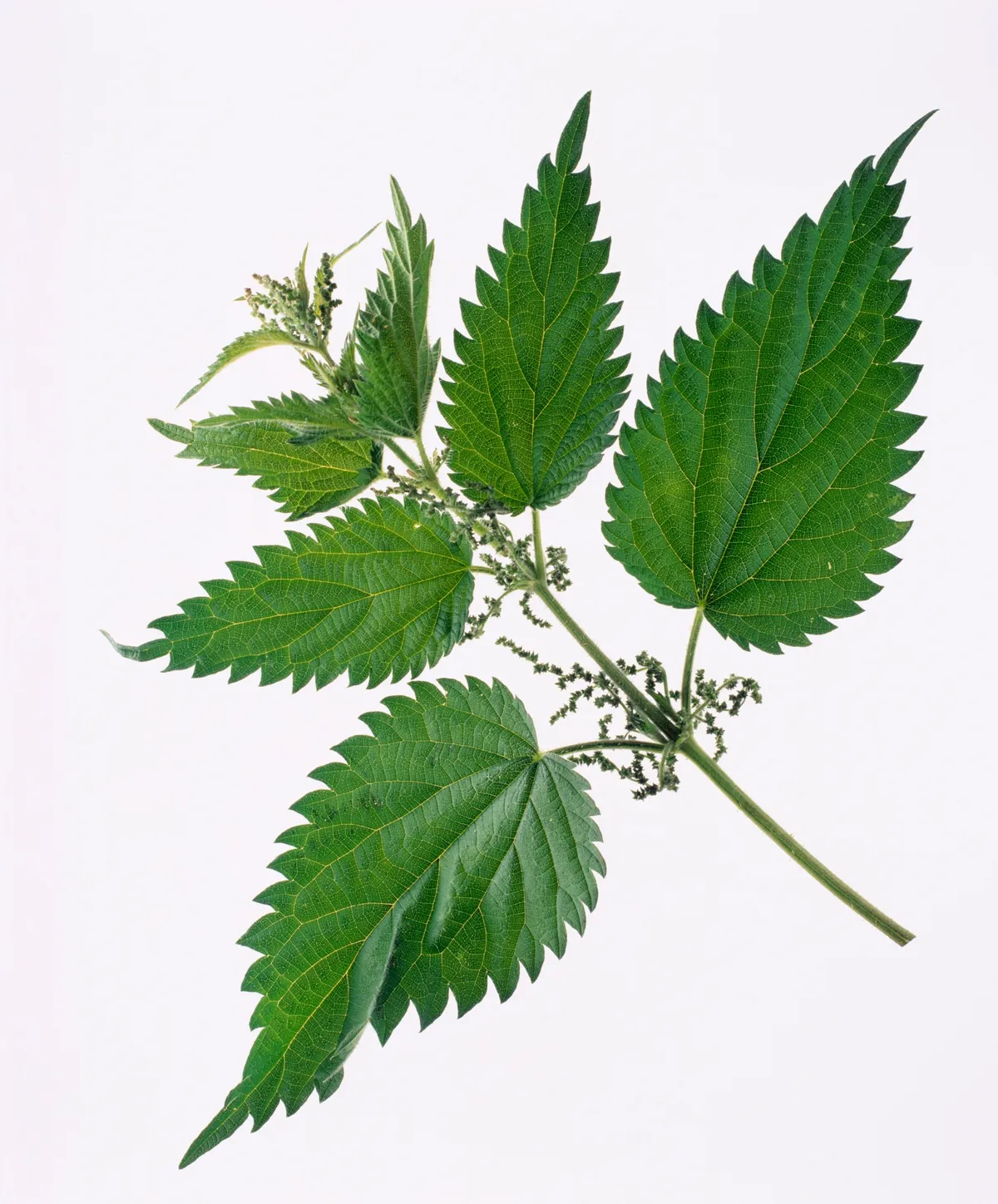Nettle is an underrated wildlife resource – food for everything from caterpillars to aphids – and a tasty treat for us at this time of year, too.
But thick nettle patches can also be a symptom of air pollution boosting soil nitrogen levels, with an impact Plantlife’s Trevor Dines likens to “nutrient-rich junk food”.
How do nettles sting?
Stinging hairs of nettles are hollow, pointed cells with a tip made of pure silica, which breaks leaving a jagged point when you brush against it. The nettle sting contains irritants – mainly formic acid and histamines – that are injected into the surface layer of the skin cells.

Do dock leaves help nettle stings?
It is often claimed that crushed dock leaves relieve the pain because their alkaline sap neutralises the nettle’s formic acid. But dock leaf sap is acidic too, so this cannot be true. Nevertheless, many find that the dock leaf remedy seems to work, so there may be other reasons for this.
One possibility is that dock leaf juice evaporating from the skin may have a surface cooling effect on the burning sensation. Another is that dock leaves might contain natural antihistamines that reduce the irritation, though none have been identified. The placebo effect, where faith in the efficacy of dock juice might lower the perception of the sting symptoms, cannot be discounted either.

How to treat stinging nettle stings
If you really want to neutralise the effect of the nettle sting’s acid and dock leaves don't work for you, try treating it with soap, milk or a dilute solution of baking soda, all of which are alkaline.
